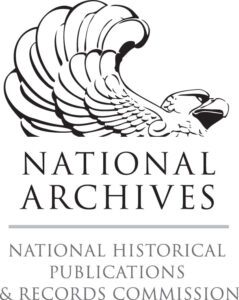Sources
“30,000 on One Line,” Minneapolis Morning Tribune, September 9, 1920, p. 1: https://newspapers.mnhs.org/jsp/PsImageViewer.jsp?doc_id=addabf07-f848-43e3-a488-2782562f220d%2Fmnhi0005%2F1DFC5G5C%2F20090901
The Concise Encyclopedia of American Radio, eds. Cary O'Dell and Christopher H. Sterling (New York, Taylor & Francis), 2010.
Douglas B. Craig, Fireside Politics: Radio and Political Culture in the United States, 1920-1940 (Baltimore: The Johns Hopkins University Press), 2000.
“Harding on State ‘Front Porch’ Today,” Minneapolis Morning Tribune, September 8, 1920, p. 1: https://newspapers.mnhs.org/jsp/PsImageViewer.jsp?doc_id=addabf07-f848-43e3-a488-2782562f220d%2Fmnhi0005%2F1DFC5G5C%2F20090801
Susan J. Douglas, Listening In: Radio and the American Imagination (New York: Random House), 1999.
"President Enthusiastic Radio Fan ‘Listens-In’ Almost Daily,” Telephony, April 8, 1922, p.23: https://babel.hathitrust.org/cgi/pt?id=uiug.30112101741210&view=1up&seq=387
“President Harding is Heard,” The Mountain States Monitor, 1921, p.28-30: rb.gy/ptxm7g.
Jerry L. Wallace, Calvin Coolidge: Our First Radio President (Plymouth Notch, VT: The Calvin Coolidge Memorial Foundation), 2008: https://coolidgefoundation.org/wp-content/uploads/2015/01/CCBOOKOur-First-Radio-PresidentPrint-Copy-July-2008-PDF.pdf
Jerry L. Wallace, "First Presidential Radio Broadcast," Harding Presidential Sites blog: https://hardingpresidentialsites.org/2022/05/29/first-presidential-radio-broadcast-marks-100-year-anniversary
Audio Collections
Famous Presidential Speeches, The Miller Center
Nation's Forum Collection, Library of Congress
Warren G. Harding audio collection, AV 42, Ohio History Connection
Warren G. Harding presidential speeches, Library of Congress
This post was created with grant support from the National Historical Publications and Records Commission.
